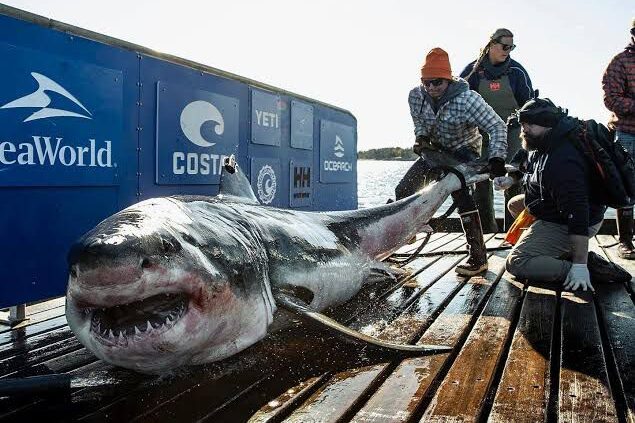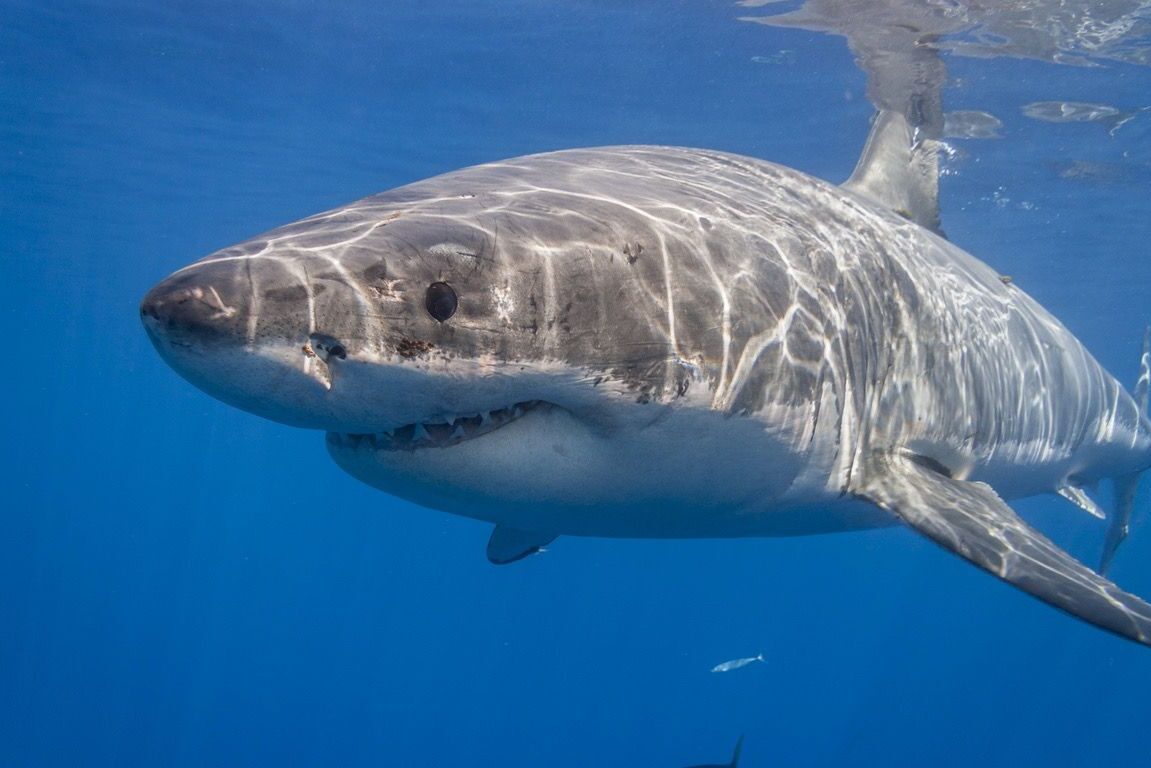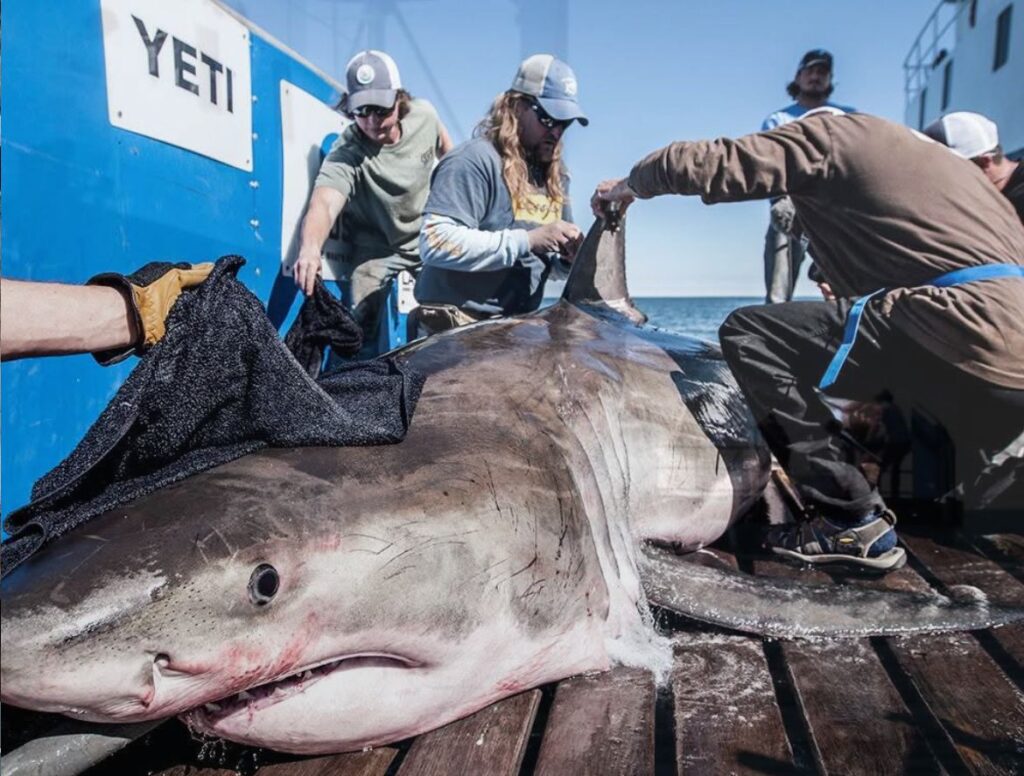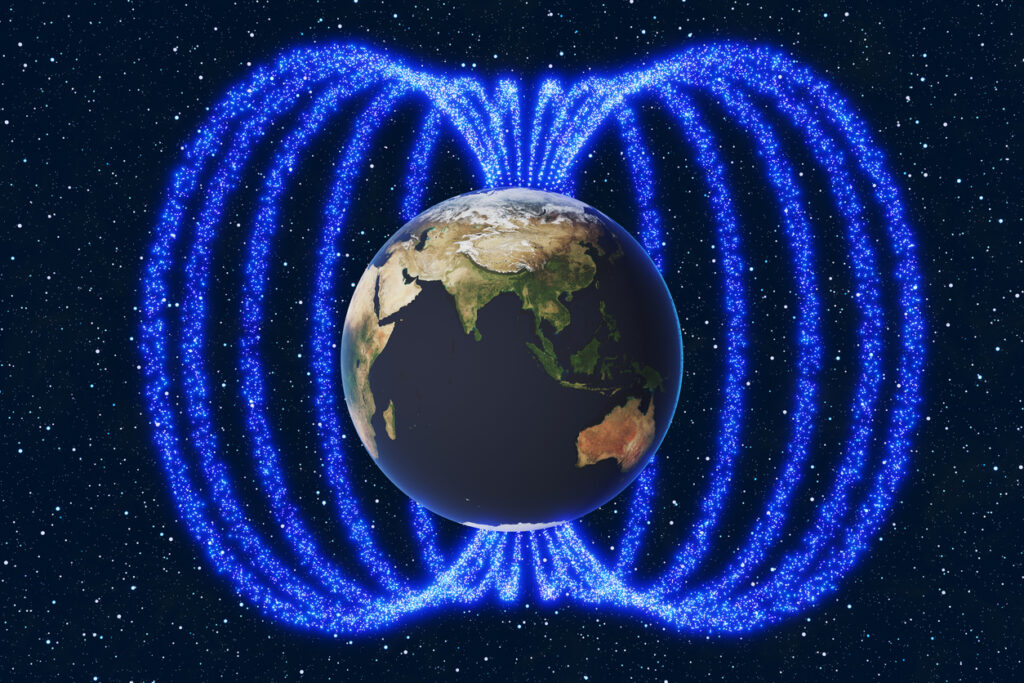Few Things You Didn’t Know About Sharks

Sharks have been cruising the oceans for hundreds of millions of years, yet their ability to cross vast distances with precision still leaves scientists amazed. Recent tracking technology has revealed that some of these ocean giants aren’t just wandering aimlessly, they seem to be navigating with purpose, often returning to the same places year after year.
1. These sharks don’t just swim, they navigate like ancient mariners

Sharks may appear to drift with the currents, but research shows their movements resemble carefully plotted journeys. Satellite tagging has revealed that many sharks travel thousands of miles across open ocean, often returning to the same feeding or breeding grounds with remarkable accuracy. This consistency suggests they possess a built-in navigation system, far beyond simple instinct. Unlike whales that follow sound or birds that follow wind patterns, sharks seem to have their own compass that allows them to cross oceans without error. Their ability to migrate such vast distances shows just how finely tuned they are to their environment, and it leaves scientists wondering whether they’re guided by a sense humans can’t fully comprehend.
2. Ironbound is the fan favorite with a mysterious map

Ironbound, a massive 13-foot, 1,000-pound great white shark, has gained worldwide fame through the OCEARCH tracking platform. First tagged in 2019, Ironbound has followed a consistent route between Nova Scotia and Florida, pinging thousands of curious fans along the way. His journey is so precise that it looks as though he’s following a map, sticking to the same migration path season after season. For many, he has become a symbol of the mysterious intelligence sharks display in their travels. His movements remind us that while we can track him, we still don’t fully know what drives his choices, whether it’s temperature shifts, prey migrations, or something more instinctive, like a hidden internal compass.
3. Lydia shattered expectations with her 20,000-mile journey

Lydia, another famous great white, broke barriers in 2014 when she became the first of her kind to be tracked crossing the Mid-Atlantic Ridge. Her journey, covering over 20,000 miles, proved that great whites don’t just patrol coastlines, they’re capable of crossing entire oceans. Scientists were stunned, as Lydia showed a pattern of navigation that suggested she wasn’t just roaming randomly but had a defined path. Her trek gave researchers crucial insight into how great whites may connect populations across different ocean regions, potentially even linking breeding grounds. For the public, Lydia’s incredible journey captured imaginations, turning her into one of the most celebrated sharks in tracking history.
4. Hilton went silent but not before inspiring millions

Hilton, another great white tracked by OCEARCH, became a fan favorite as he cruised up and down the East Coast of the United States. His pings, which showed him near busy beaches, fascinated and sometimes unsettled people, reminding everyone just how close these giants can be. In 2019, Hilton’s signal vanished off Charleston, South Carolina. While his tag may have failed or simply run out of battery, his disappearance left fans wondering about his fate. Despite going silent, Hilton’s tracked journey inspired countless people to take an interest in shark research, showing how technology can bring us closer to understanding creatures that were once thought of only as shadows in the deep.
5. No GPS, no landmarks, so how do they do it?

One of the greatest mysteries about shark migrations is how they find their way. Without GPS, landmarks, or visible cues in the vast open ocean, sharks somehow navigate across thousands of miles. Researchers believe they may be using Earth’s magnetic field as a kind of natural compass. Others suggest they may combine this with the ability to sense ocean currents, celestial patterns, or even long-distance smell trails. The truth is still unknown, but studies increasingly suggest sharks have a multi-layered navigation system that’s as sophisticated as it is ancient. For now, their uncanny ability to find the same places over and over again continues to baffle scientists and adds to the mystique of these remarkable predators.
6. Some return to the same nursery beaches every year

Much like sea turtles, certain female sharks have been documented making long migrations back to the very beaches where they were born. These journeys can span thousands of miles, timed almost to the day each year. Scientists believe this behavior helps ensure safe nursery grounds, where shallow waters protect young pups from larger predators. What makes this phenomenon striking is the precision, many of these sharks arrive at nearly the exact same location season after season, as if guided by a memory encoded deep within them. This cycle of returning home underscores the importance of protecting critical habitats, since even slight disruptions could impact generations of sharks to come.
7. Disappearances add to the mystery

Not all shark stories have a neat ending. Famous tagged sharks like Mary Lee and Hilton eventually stopped transmitting, leaving fans and researchers in suspense. Sometimes the cause is as simple as tag failure or battery loss, but other times it could be due to natural causes, or perhaps the shark simply slipped out of range into untracked waters. These disappearances keep the mystery alive, fueling speculation that these giants are still out there navigating unseen. For many who followed their journeys, the silence feels like losing touch with an old friend, a reminder of how much we still don’t know about the lives of sharks beyond the data points.
8. What these journeys tell us about ocean health

Tracking these epic migrations isn’t just about marveling at shark travel patterns, it’s a window into the health of our oceans. By following where sharks feed, breed, and travel, scientists gain insight into prey availability, ecosystem shifts, and the impact of climate change. For example, if a shark begins to change course or abandon a traditional route, it may indicate shifts in ocean temperatures or the decline of food sources. Sharks, as apex predators, act as indicators of balance in the marine environment. Their journeys, mapped across oceans, don’t just tell us about their resilience, they also give us clues about the future of the seas they rule.
Sharks have been traveling the world’s oceans with purpose long before humans dreamed of maps and compasses. Their incredible migrations remind us that the ocean is full of mysteries waiting to be uncovered, and that even the most fearsome predators are part of a delicate rhythm. The more we learn from them, the more we see how deeply their lives are tied to the health of the seas we all depend on.


